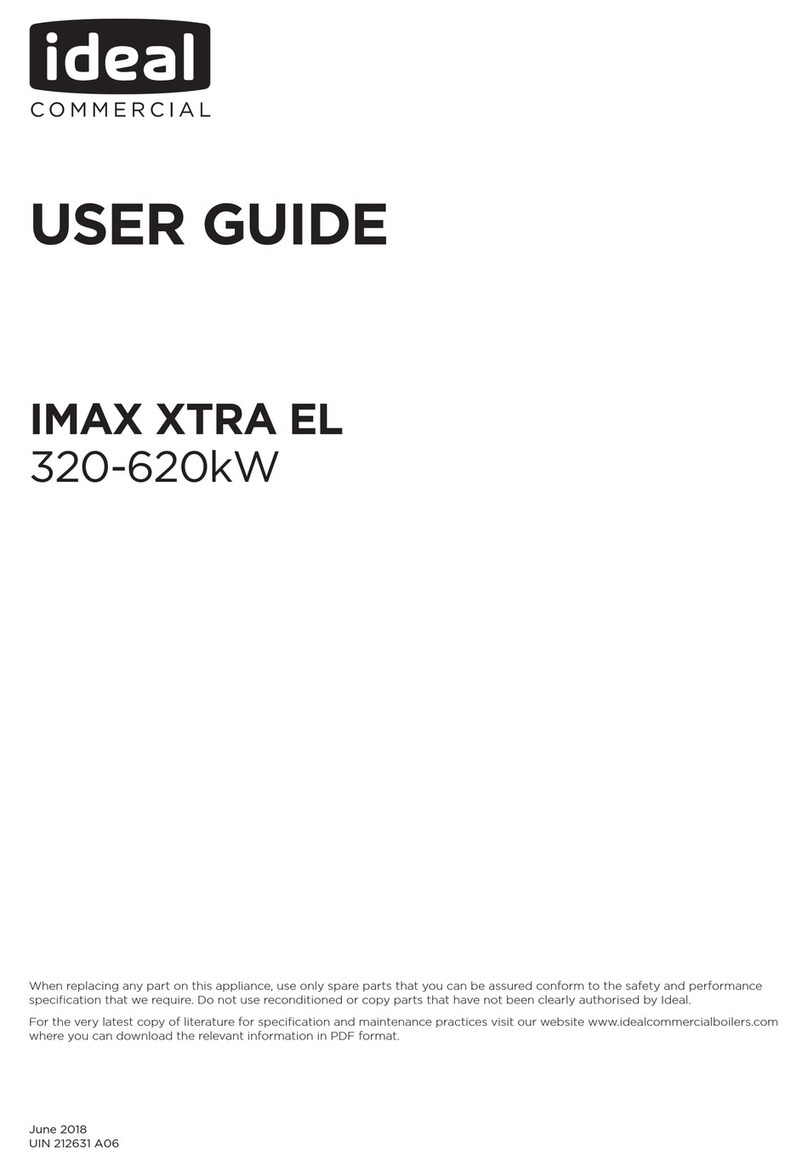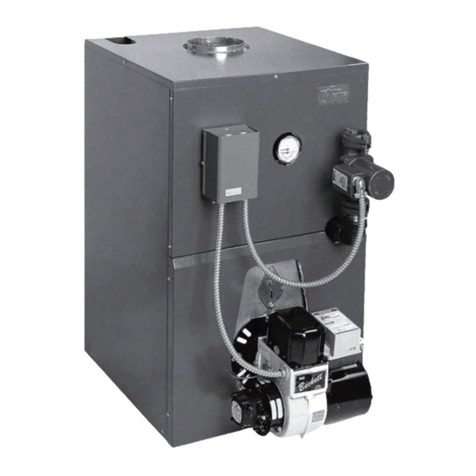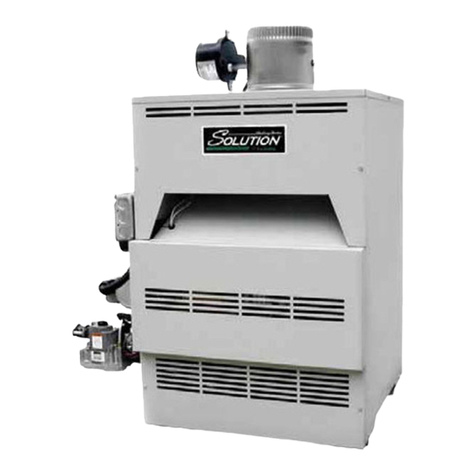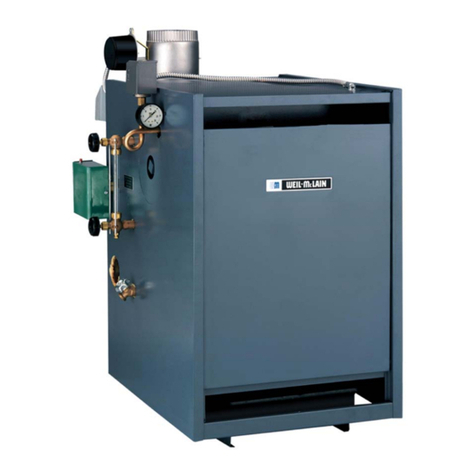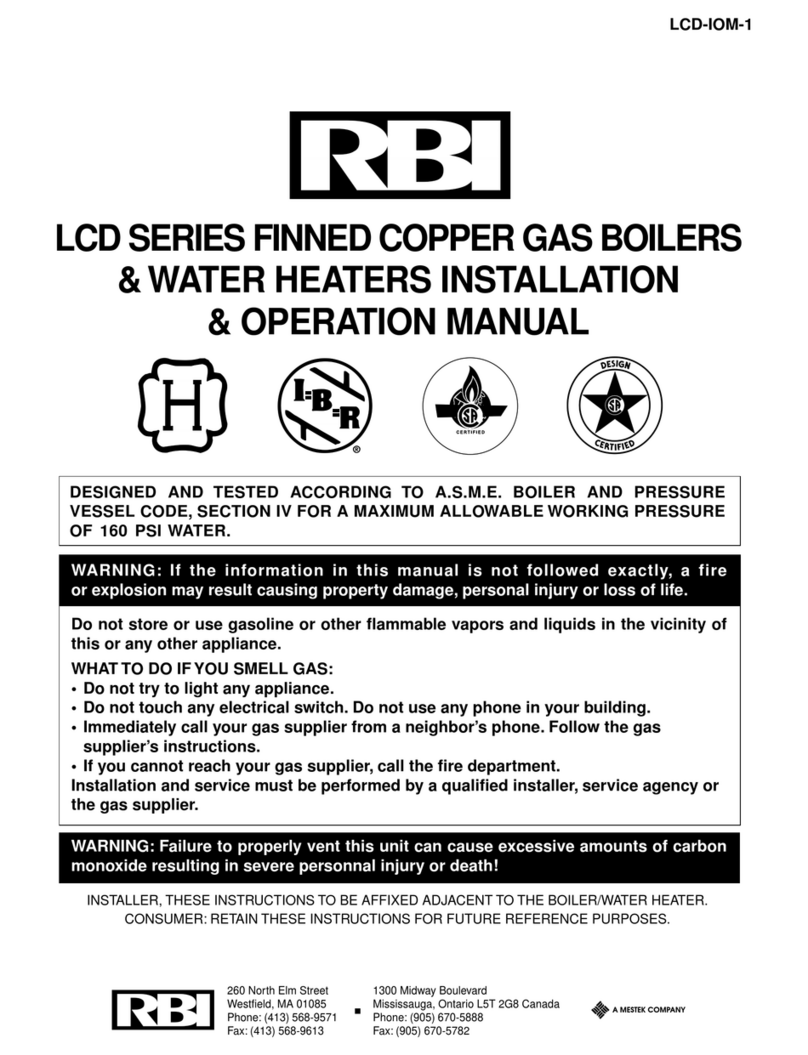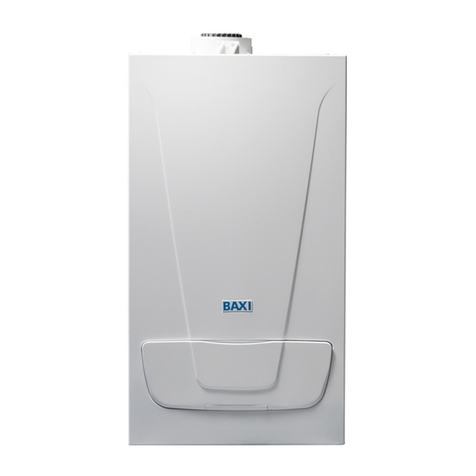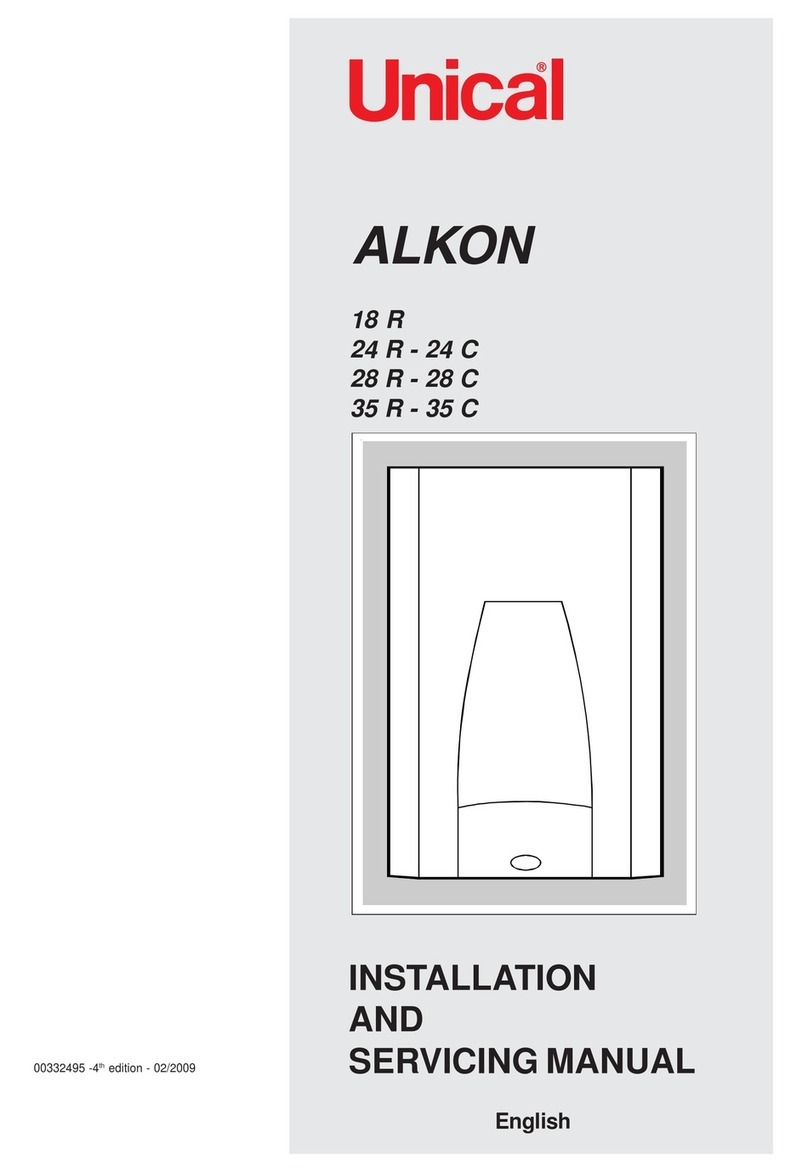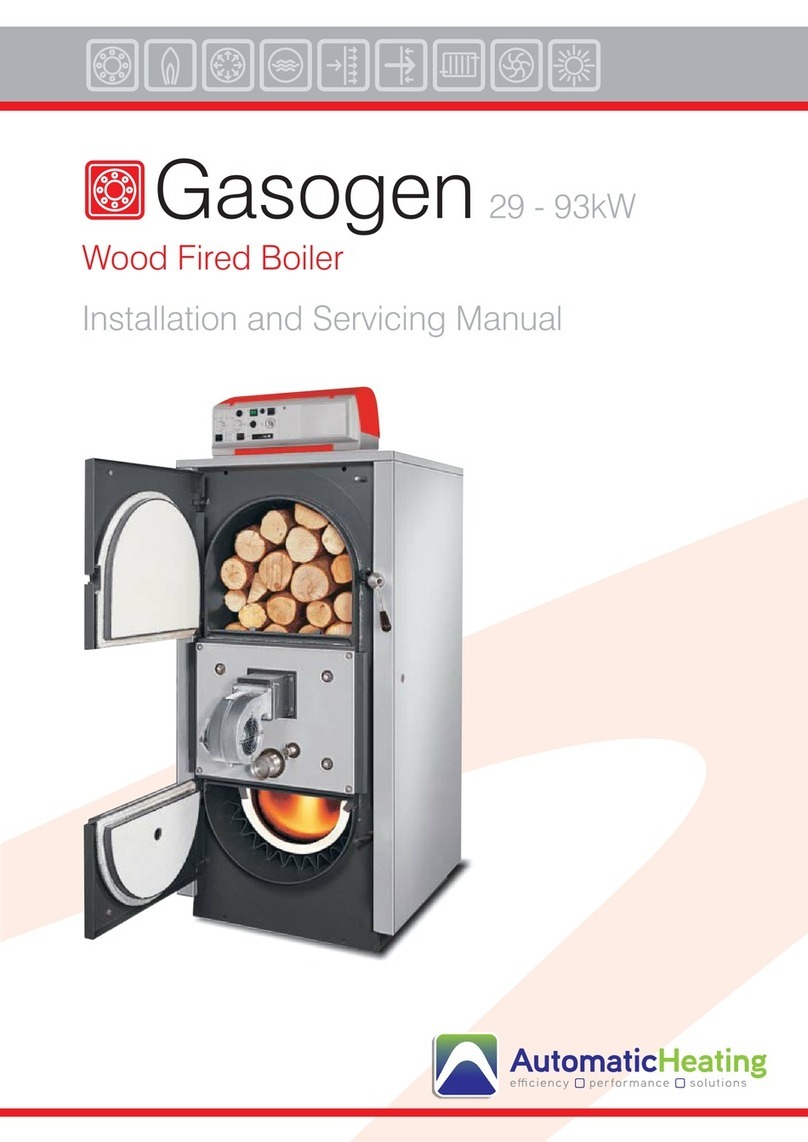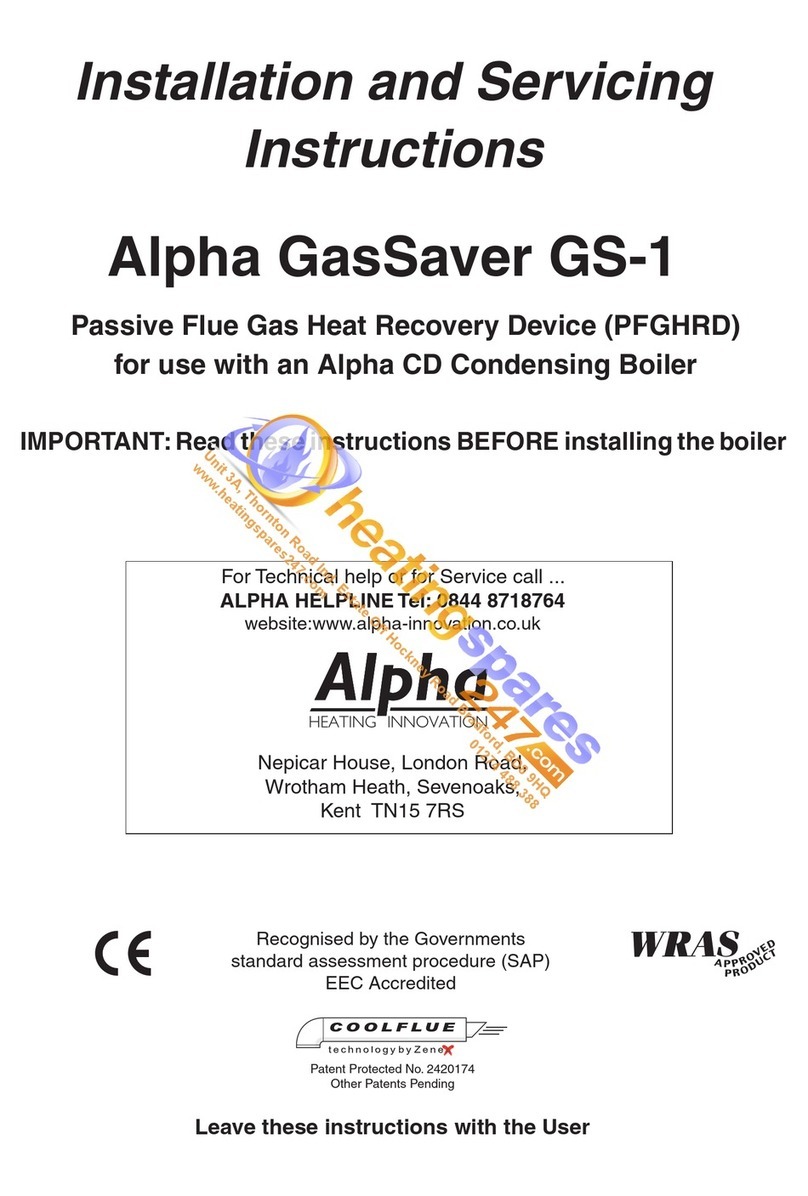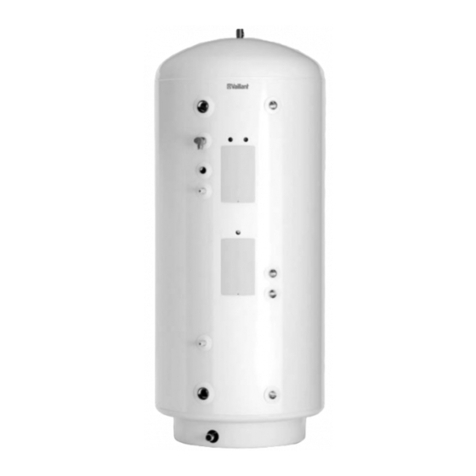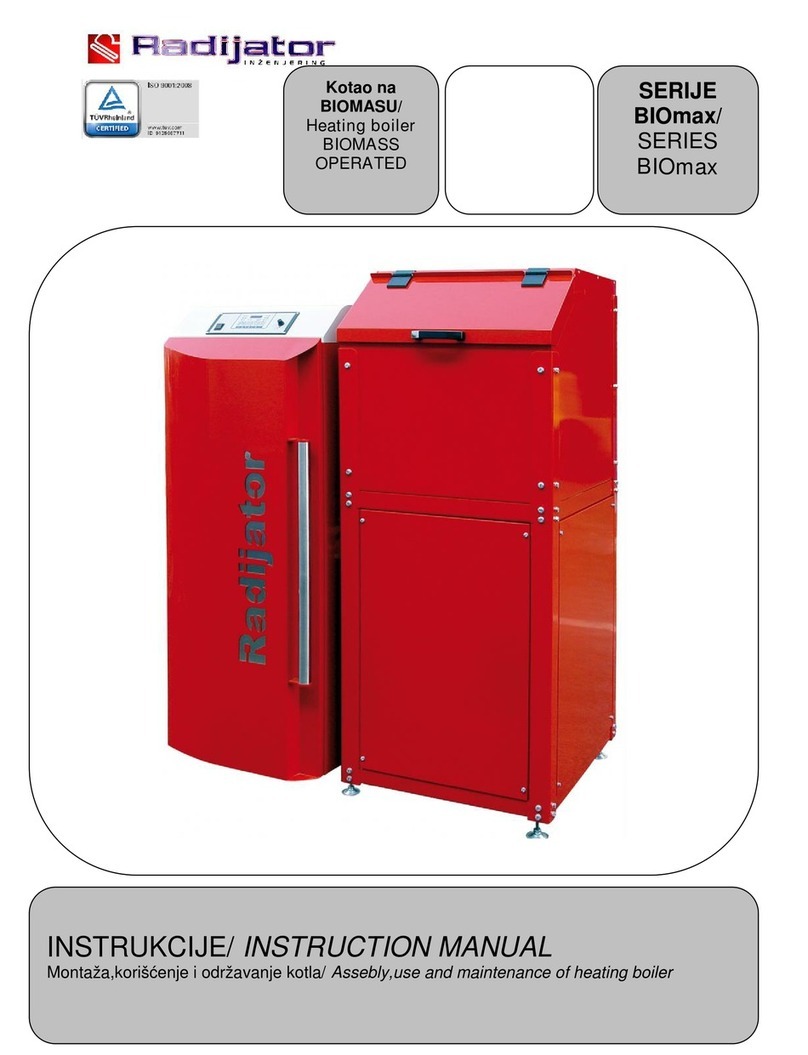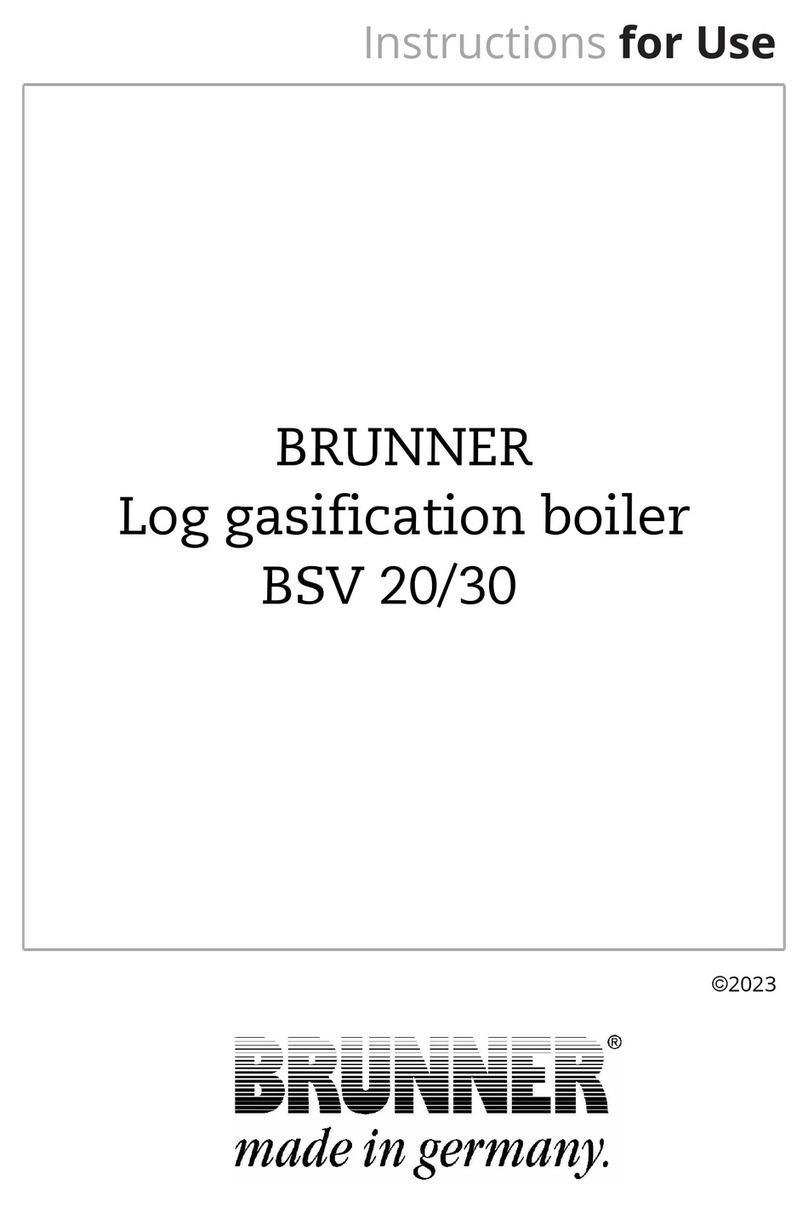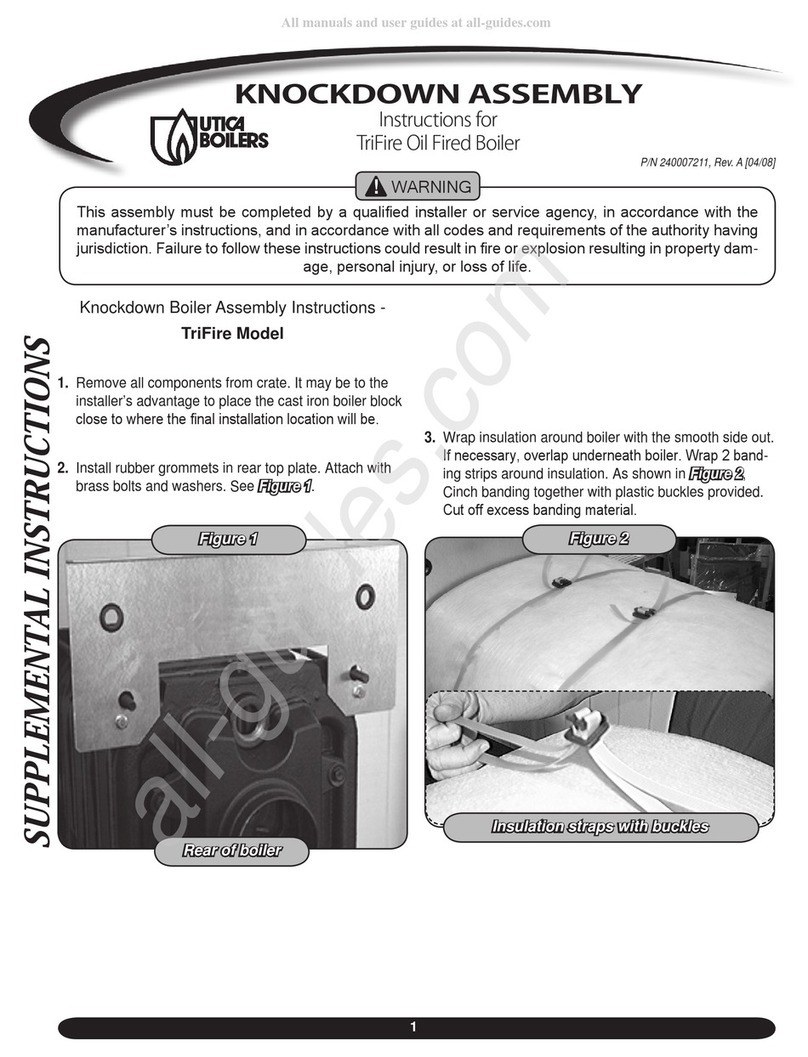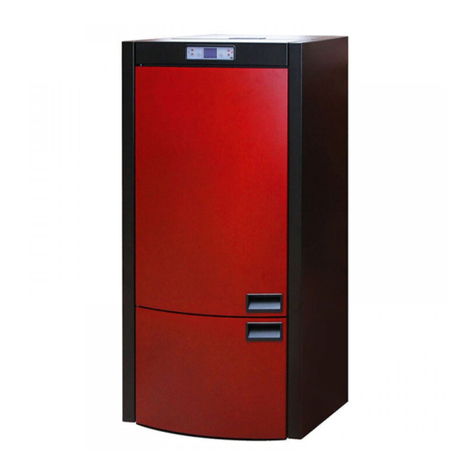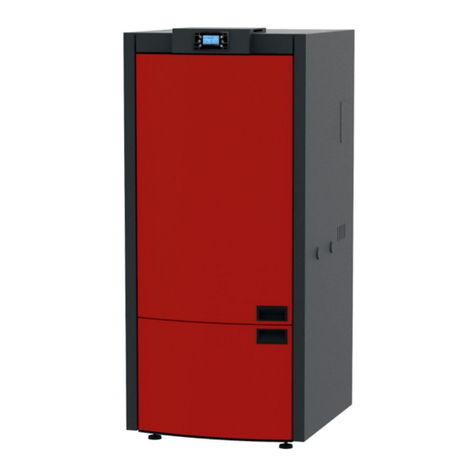
2
Figure.1 Moving the boiler with the bracket
CAUTION
GATHER ALL PACKAGING MATERIAL AND KEEP IT AWAY FROM THE REACH OF CHILDREN. PARTS OF PACKAGING
MATERIAL (BAGS, FOILS, STYRENE, ETC) REPRESENT A CHOKING HAZARD.
2.5. INSTALLER’S RESPONSIBILITY
The responsibility of the installer is to verify the correctness of installation, air supply and all the conditions that are
required for the installation of pellet boiler.
The responsibility of the installer is to verify compliance with legal regulations in the place where the boiler is installed.
The pellet boiler must be used in accordance with the Instruction for use, maintenance and installation, and with respect
to the safety standards set by regulations in force at the place where the boiler is installed.
Installer’s obligations are defined by the SRPS Standard 10683. Installers should check:
the type of the appliance to be installed,
the suitability of the space for appliance installation, i.e. the minimum dimensions of the space where the pellet
boiler is to be installed,
compliance with the regulations regarding the outlet of flue gases set in the instruction provided by the heating
appliance manufacturer,
inner diameter of the flue, the flue material, whether it is straight and correct and whether its free from clogging,
flue height and possible vertical extension,
existence and corresponding resistance of the flue caps,
possibility of outside air supply,
possibility of simultaneous use of heating sourced with other connected existing appliances.
If the above is provided, you can start the installation. Follow the manufacturer’s instruction carefully, as well as existing
safety norms and standards for fire protection.
After the first boiler commissioning, inspect the operation during at least 30 minutes in order to check whether all
requirements have been met.
After finishing the installation, the installer should provide the customer with the following documents:
Instruction for use, maintenance and installation supplied by the manufacturer (if not included with the boiler),
documents required by applicable regulations,
the installer should train the customer on how to use the appliance, how to perform regular maintenance and
cleaning.
3. INSTALLATION
The customer is solely responsible for installation works at the place where the boiler is being installed.
Prior to starting the installation, the installer should make sure all safety requirements have been met, in particular:
Check if the pellet boiler installation regulations meet the local, national and European standards.
Comply with all requirements from this document.
Check if the pipes and lines for air supply correspond to the installation type.
Do not perform temporary electrical connection with inappropriate cables.
Check the electrical installation earthing.
Always use personal protective equipment and adhere to all prescribed safety measures.
Always leave sufficient space for maintenance works.
Measure the flue gases emission upon completion of the installation.
3.1. SET UP
It is advisable to remove packaging material of the pellet boiler at the place where the boiler is to be installed.
If the adjacent walls and floors are made of materials that are not heat-resistant, it is necessary to ensure adequate
protection and use of non-combustible insulation materials.
To protect the floors from combustible materials, insert a 3 to 4 mm thick metal plate under the boiler with the front side
at least 30 cm longer than the depth of the boiler.
The pellet boiler must be installer in accordance with the drawing determining the distance from the walls (Figure 2).
